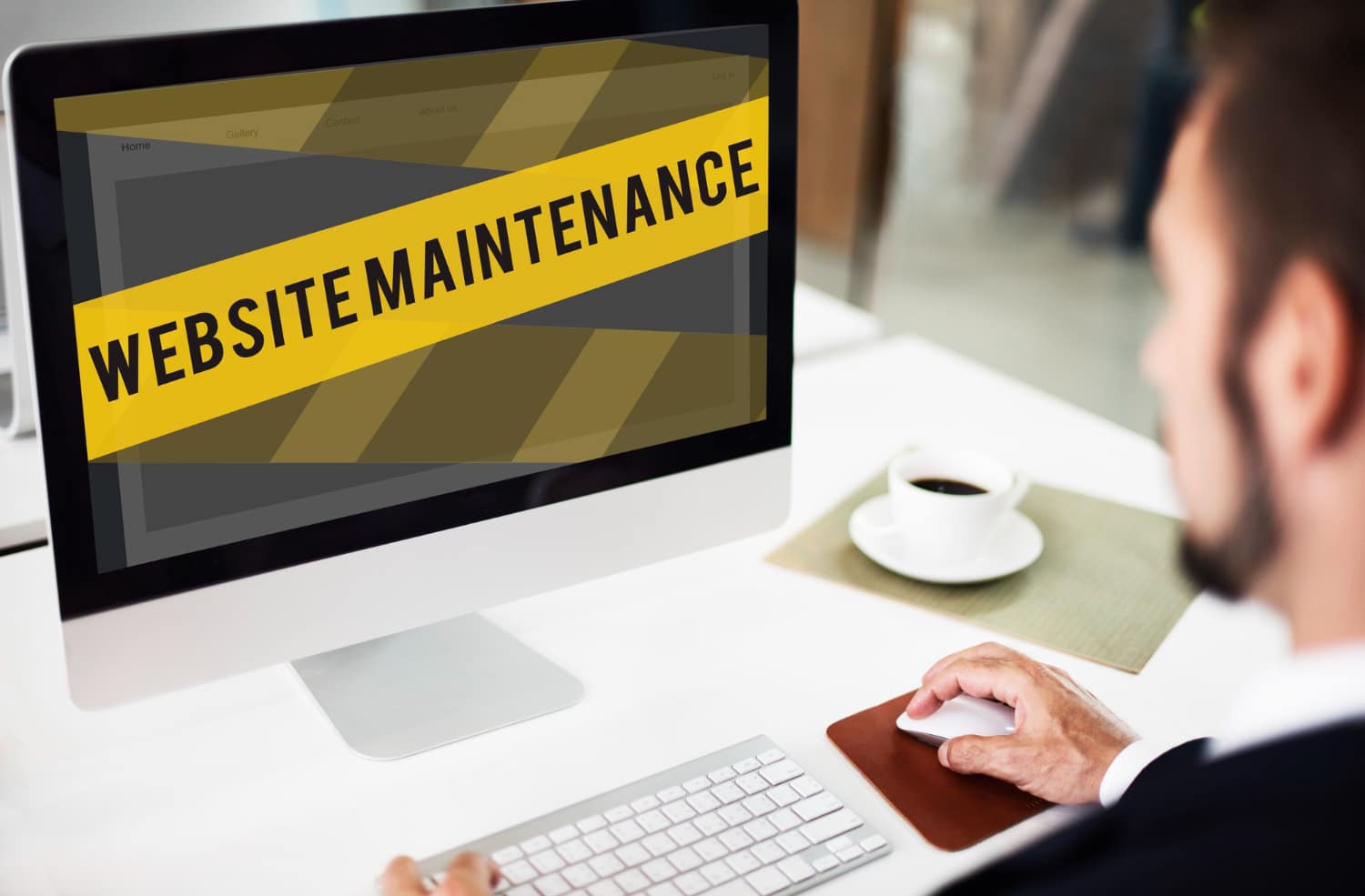Keeping a website running smoothly is like maintaining a car; regular check-ups can prevent unexpected breakdowns. Website maintenance is more than just a routine task; it’s a proactive measure to ensure your site is efficient, secure, and up-to-date. Many businesses overlook this aspect, thinking a well-built website can run indefinitely without attention. However, the digital environment changes rapidly, and without routine maintenance, businesses may find their website becoming more of a liability than an asset.
Regular maintenance by a dedicated website maintenance company can catch issues early, saving you time and headaches later. Just like scheduling regular visits to the mechanic, having a professional look under the hood of your website can prevent costly problems. Whether it’s ensuring your website stays secure or making sure everything loads quickly, a little upkeep goes a long way in keeping everything in top shape.
Preventing Downtime
No one likes a website that suddenly stops working. Regular maintenance can help avoid these surprises by keeping everything in check. Think of it as a health check. By identifying and fixing small issues before they become big problems, businesses can prevent their websites from crashing. When a site goes down, it can disrupt business operations, turning away potential customers who can’t access your services or information.
Website downtime is more than just an inconvenience. It can impact user experience significantly. Visitors who encounter a non-responsive site are likely to leave and might not return. For businesses relying on their online presence, this could mean lost sales opportunities. Regular maintenance, therefore, ensures that your website remains available whenever a visitor wants to check in, reducing the risk of downtime affecting business outcomes.
Businesses should consider scheduling regular maintenance checks, which can include:
– Checking server performance to handle traffic surges.
– Updating software and plugins to the latest versions.
– Monitoring site speed and making necessary adjustments.
– Backing up data to protect against unforeseen loss.
Proper planning and scheduling of these routine checks can ensure that your website remains reliable and accessible, maintaining a positive user experience and supporting business operations seamlessly.
Security Vulnerabilities
Ensuring your website’s security is one of the most important objectives of regular maintenance. Cyber threats are constantly evolving, posing risks to both data security and business reputation. By keeping your security measures up-to-date, you can protect against vulnerabilities that may be targeted by hackers. Performing regular updates to your website’s software and plugins is essential in patching potential entry points for attackers.
A proactive maintenance strategy can mitigate several common security risks. Regular checks can identify suspicious activity early, such as unauthorized access attempts or unusual traffic patterns. With these insights, you can address issues before they escalate. Another vital task is ensuring that sensitive information, like customer data, is encrypted and stored securely. Implementing a robust firewall can also add an extra layer of protection, reducing the risk of cyberattacks.
Consider incorporating these steps into your regular maintenance routine to enhance security:
– Implementing SSL certificates to encrypt data.
– Conducting regular security audits.
– Training staff on recognizing phishing attempts.
– Ensuring data backups are up-to-date and secure.
– Applying security patches immediately upon release.
Performance Issues
The speed at which your website loads can significantly influence user satisfaction and search engine rankings. Slow loading times can frustrate visitors, causing them to abandon your site and potentially go to competitors. Regular maintenance ensures that your website operates smoothly, optimizing performance across various devices and browsers.
Key areas often examined during maintenance include optimizing images for faster load times and reducing errors in code. This attention to detail ensures that your website runs efficiently, creating a better experience for users. In addition, search engines favor fast and responsive sites, positively impacting your visibility in search results.
Some common practices to boost performance include:
– Compressing files to reduce load times.
– Utilizing caching strategies to speed up content delivery.
– Regularly testing website speed and making adjustments as needed.
– Removing outdated or unused scripts and plugins.
Outdated Content and Design
A fresh look and updated information are crucial for keeping visitors engaged and interested. Businesses should not underestimate the value of refreshing website content and design regularly. Outdated content can mislead users and give the impression that your business is inactive. Similarly, an old-fashioned design could make visitors believe your service offerings are not current.
Updating your site to reflect recent developments, new services, or seasonal promotions can attract more interest and improve your website’s relevance. Changing design elements to align with modern trends also helps in creating a visually appealing space that keeps visitors on your site longer.
Here are a few tips to keep your site current:
– Regularly update blogs or news sections with fresh content.
– Revise service pages to reflect the latest offerings and pricing.
– Ensure contact information is up-to-date.
– Refresh the design every so often to maintain a modern appeal.
– Integrate elements that improve user experience, like intuitive navigation and clear calls-to-action.
Compatibility Problems
Technology changes rapidly, and ensuring compatibility with the latest devices and platforms is essential for maintaining an effective online presence. Regular maintenance helps your site work seamlessly across new browser versions, devices, and operating systems. Ignoring compatibility can alienate segments of your audience who might experience glitches or failures when trying to access your site.
Regular testing and updates can address these compatibility issues. Ensure that your website runs smoothly on the latest smartphones, tablets, and desktop browsers. This not only helps keep your website accessible to users but also supports positive engagement and user retention.
Key activities to consider for maintaining compatibility:
– Testing site functionality on different browsers and devices.
– Updating code to comply with the latest web standards.
– Verifying that mobile and desktop versions of your site operate correctly.
– Integrating features compatible with voice search and smart devices.
Ensuring Your Website Stays in Tip-Top Shape
Keeping up with regular website maintenance ensures smooth and secure operation, which is crucial for both user satisfaction and business performance. By addressing potential issues before they become severe problems, you can safeguard your site against downtime, security threats, and performance setbacks. Embracing a proactive maintenance approach helps your website remain an effective tool in engaging with customers and achieving your business goals.
Take the initiative today to keep your website in excellent condition with consistent oversight and updates. This strategic attention protects your investment, enhances user experience, and supports your online presence in a dynamic digital world.
To keep your website functioning optimally and secure from potential issues, consider partnering with a reliable website maintenance company. At Truax Marketing Solutions, we offer expertise that ensures your site remains up-to-date and efficient. Let us take care of the technical details so you can focus on engaging with your audience and growing your business.

